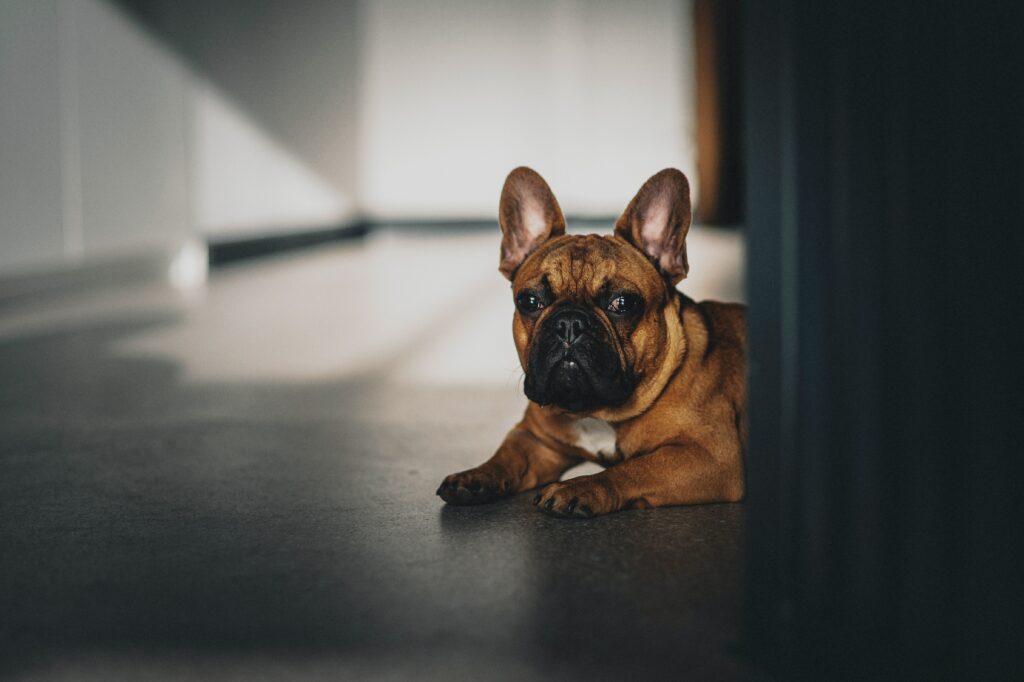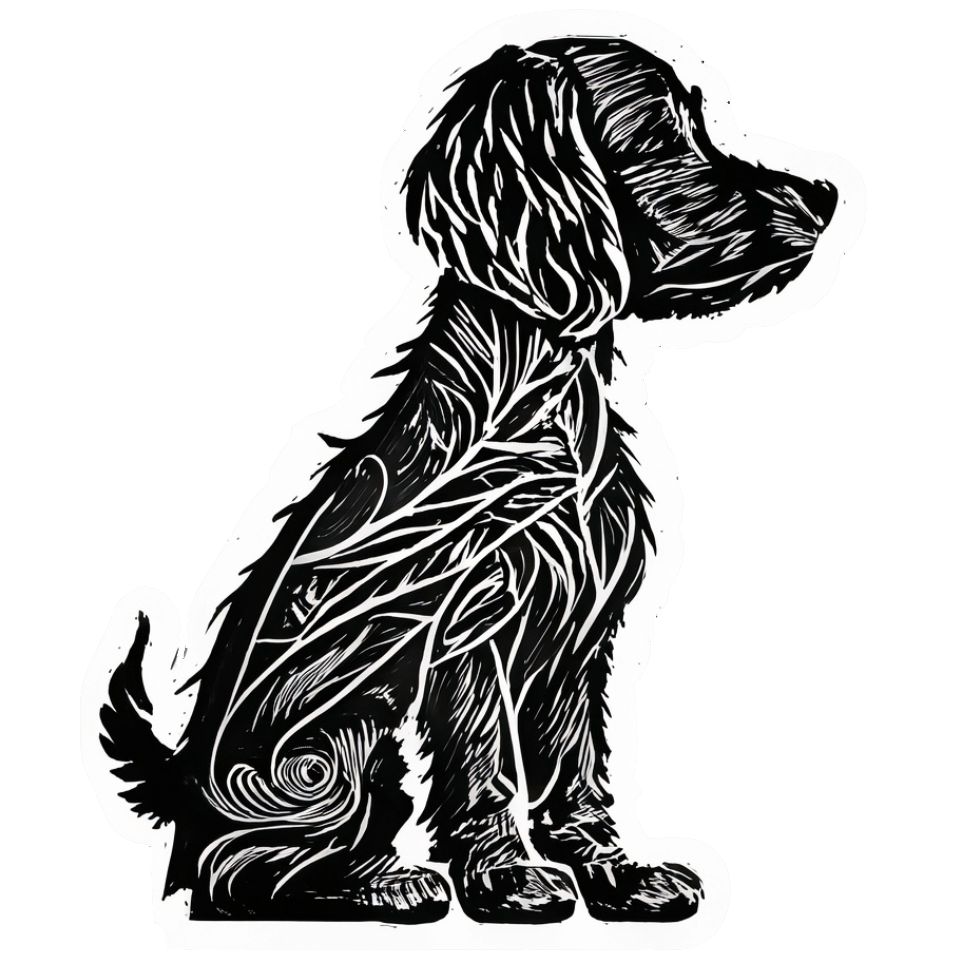A Comprehensive Guide

The coat of a dog is more than just a visual characteristic; it serves various essential functions, from insulation to protection. With a wide array of coat types, each adapted to specific needs and environments, the canine coat is a fascinating subject. This article explores the different coat types in dogs and the unique functions they perform.
1. Short Coats
- Example Breeds: Dalmatian, Boxer, Doberman Pinscher
- Function: Short coats are low-maintenance and provide protection without overheating the dog. They are often found in breeds from warmer climates or those bred for athleticism.
2. Long Coats
- Example Breeds: Afghan Hound, Shih Tzu, Yorkshire Terrier
- Function: Long coats offer insulation and protection from the elements. They may require regular grooming to prevent matting and maintain health.
3. Curly Coats
- Example Breeds: Poodle, Curly-Coated Retriever, Irish Water Spaniel
- Function: Curly coats often have water-repellent properties, making them suitable for breeds that work in water. The tight curls provide buoyancy and insulation.
4. Double Coats
- Example Breeds: Siberian Husky, German Shepherd, Golden Retriever
- Function: Double coats consist of a dense undercoat and a longer outer coat. They provide excellent insulation, making them ideal for breeds from cold climates.
5. Wire Coats
- Example Breeds: Wire Fox Terrier, Scottish Terrier, Border Terrier
- Function: Wire coats are rough and provide protection against rough terrain and weather. They are often found in working or hunting breeds.
6. Hairless Coats
- Example Breeds: Chinese Crested, Xoloitzcuintli
- Function: Hairless breeds have unique skin that requires protection from the sun and cold. They are often suitable for allergy sufferers as they don’t shed traditional fur.
7. Silky Coats
- Example Breeds: Maltese, Silky Terrier
- Function: Silky coats are fine and flowing, often serving more aesthetic purposes. They require regular grooming to maintain their luxurious appearance.
Coat Colors and Patterns
- Variations: Beyond types, coats also come in various colors and patterns, each with its genetic basis. These include solid, spotted, brindle, and merle patterns.
Grooming and Care Considerations
- Tailored Care: Different coat types require specific care and grooming routines. Understanding the coat’s function helps in providing appropriate care, from brushing to bathing.
The diversity of coat types in dogs is a testament to their adaptability and the specific roles they have played alongside humans throughout history. From the protective wire coat of a terrier to the insulating double coat of a husky, each coat type serves a unique function. As dog owners, appreciating these functions and providing tailored care ensures that our furry friends remain healthy, comfortable, and true to their nature.
